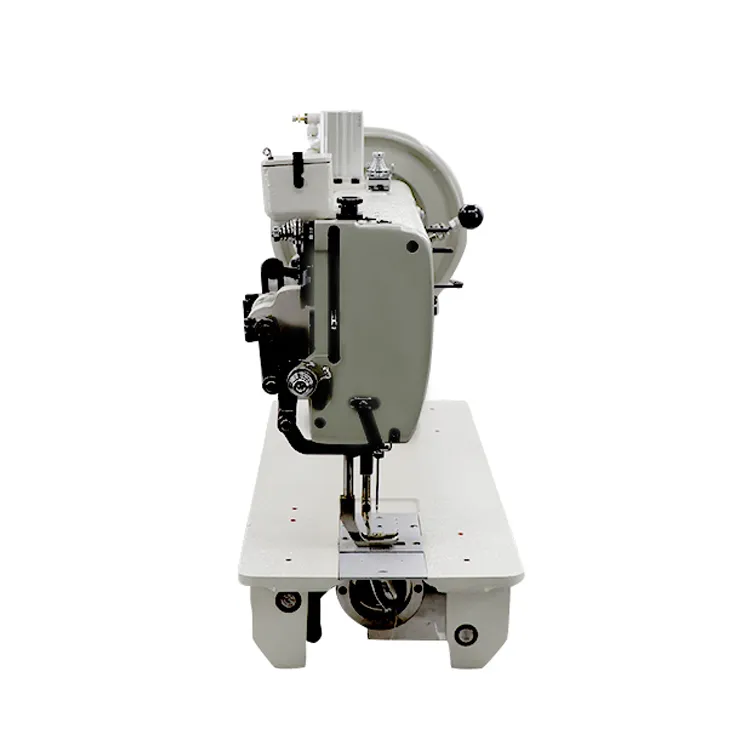Understanding the Distinction Between Serger and Overlock Sewing Machines
Understanding the Difference Between a Serger and an Overlock Machine
In the world of sewing, terminology can often be confusing, especially when it comes to specialized machines. Two terms that frequently come up are serger and overlock. Many people assume that they refer to the same type of machine, but there are significant distinctions that every sewist should understand.
The Overlock Machine
An overlock machine is designed primarily for finishing the edges of fabric. Its primary function is to prevent fraying, which is essential for seams that may be subjected to wear and tear. Overlock machines use a series of loopers and blades to cut fabric edges while simultaneously stitching them, creating a neat, professional finish. They can operate using multiple threads, often four or five, which allows for flexibility in stitch types and styles.
One of the key features of an overlock machine is its ability to create a stitch that stretches along with the fabric, making it ideal for knit and woven textiles. The machine's ability to trim the fabric as it sews not only produces a clean edge but also saves time in the sewing process. Overlock machines are generally compact and faster than traditional sewing machines for edge finishing, which makes them popular among enthusiasts and professionals alike.
The Serger Machine
The term serger is commonly used in the United States and typically refers to a type of overlock machine with additional capabilities. While all sergers are essentially overlock machines, not all overlock machines are sergers. Sergers are equipped with multiple threading options, typically including two, three, four, or five threads, which allows for a diverse range of stitch types, including flatlock, rolled hem, and cover stitches. This versatility makes sergers suitable for a variety of projects, from garment construction to craft and home décor items.
what is the difference between serger and overlock

Another notable characteristic of sergers is their ability to handle a wider variety of fabric types—everything from delicate chiffon to heavyweight denim. This adaptability is due to the advanced settings available on most sergers, allowing users to adjust stitch length, tension, and cutting width according to the material being sewn.
Key Differences
While both machines serve the purpose of finishing edges and preventing fraying, the terminology and functionalities create distinctions. A basic overlock machine may not offer the same range of additional stitches and fabric handling capabilities as a serger. Simply put, all sergers can perform overlocking functions, but they also provide enhanced versatility.
Furthermore, sergers typically feature more user-friendly settings and can be more intuitive for newcomers, thanks to built-in guides and markings. In contrast, basic overlock machines may require more finesse and experience to operate effectively.
Conclusion
In summary, while the terms serger and overlock are often used interchangeably, understanding their differences is crucial for sewists looking to invest in sewing machinery. An overlock machine focuses on edge finishing, while a serger provides a broader spectrum of functionalities that enhance creativity in sewing projects. Ultimately, the choice between the two will depend on the user’s specific needs, the types of projects they undertake, and the level of versatility they require. For both hobbyists and professionals, having the right tool can significantly elevate the quality and efficiency of their sewing work.
-
Industrial Cylinder Arm Sewing Machine: Revolutionizing Heavy-Duty SewingNewsJul.28,2025
-
Cylinder Arm Sewing Machine: Perfect for Special Sewing ApplicationsNewsJul.28,2025
-
Cylinder Bed Sewing Machine: Essential for Sewing Complex MaterialsNewsJul.28,2025
-
Heavy Duty Sewing Machine: The Essential Tool for Industrial ApplicationsNewsJul.28,2025
-
Computerized Pattern Sewing Machine: Revolutionizing Precision StitchingNewsJul.28,2025
-
Heavy Duty Industrial Sewing Machine: Power Meets PrecisionNewsJul.28,2025
-
Leather Sewing Machine: The Industrial Standard for Tough MaterialsNewsJul.18,2025





























